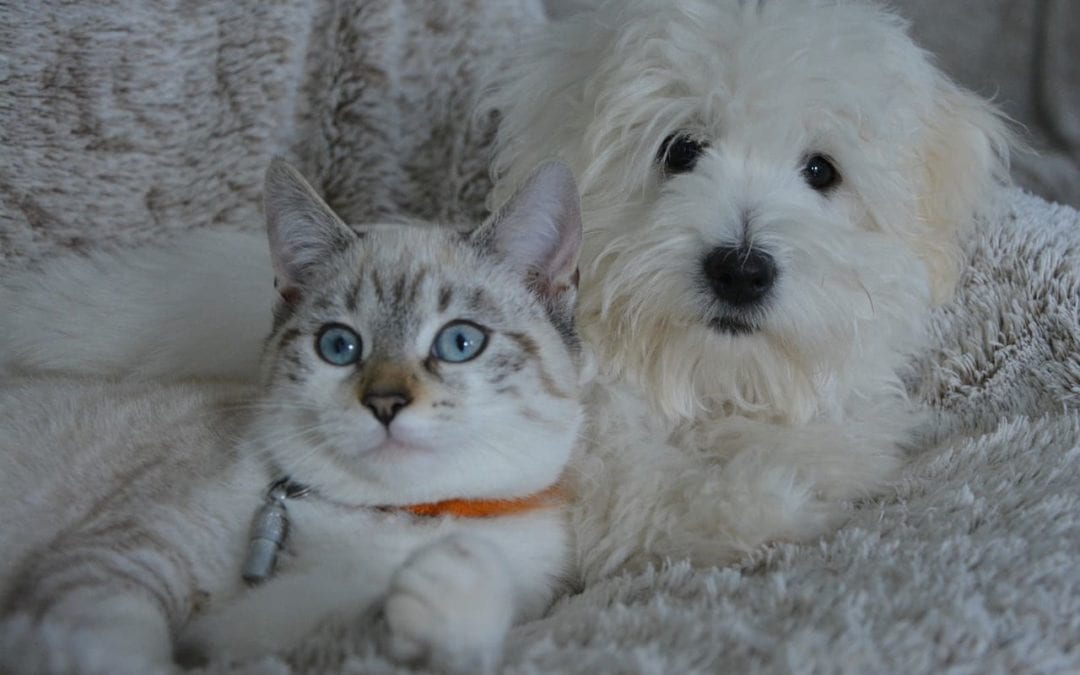Overweight and obese pets are at increased risk of developing cardiovascular disease, diabetes, cancer, orthopedic disease, and more. Here are four ways to keep your pet at a healthy weight:
1. Feed appropriately
Your pet’s food should be labeled for her species, and it should be tailored to her needs regarding age, activity level, and health status. If you have a puppy, she’ll benefit from a higher-calorie puppy food. If you have a senior cat with early stage kidney disease, you should choose a food formulated for cats with kidney disease and feed her the appropriate daily amount based on her activity level.
Also, be sure to limit your pet’s treats, and do not feed table scraps. Treats should never account for more than 10 percent of your pet’s recommended daily caloric consumption.
2. Provide opportunities for activity
Every good weight loss or maintenance plan includes exercise. Get active with your pet: Increase walking frequency or length with your dog. Encourage your cat to chase a laser pointer or remote-controlled toy. These activities will also help to strengthen the bond you share with your furry pal.
3. Recognize when your pet has a problem
When you see your pet every day, it can be difficult to recognize when she’s gained a pound or two. But, a pound or two for a small cat or dog can make a big difference. If your pet is at a healthy weight, you’ll easily be able to feel all of her ribs without seeing them. When viewed from the side, she’ll have an “abdominal tuck,” where there is a clear waistline.
4. Talk about weight with your veterinarian
No one likes to talk about weight, and even health care providers will often skip over the topic in an effort to avoid offending someone. But it’s a critical discussion to have. Don’t be afraid to ask, “Is my pet overweight?” Our team will determine your pet’s body condition score (BCS) and exactly how much weight she should lose.
Think your pet may need to lose weight? Call our office to learn about our nutrition and weight management programs.

